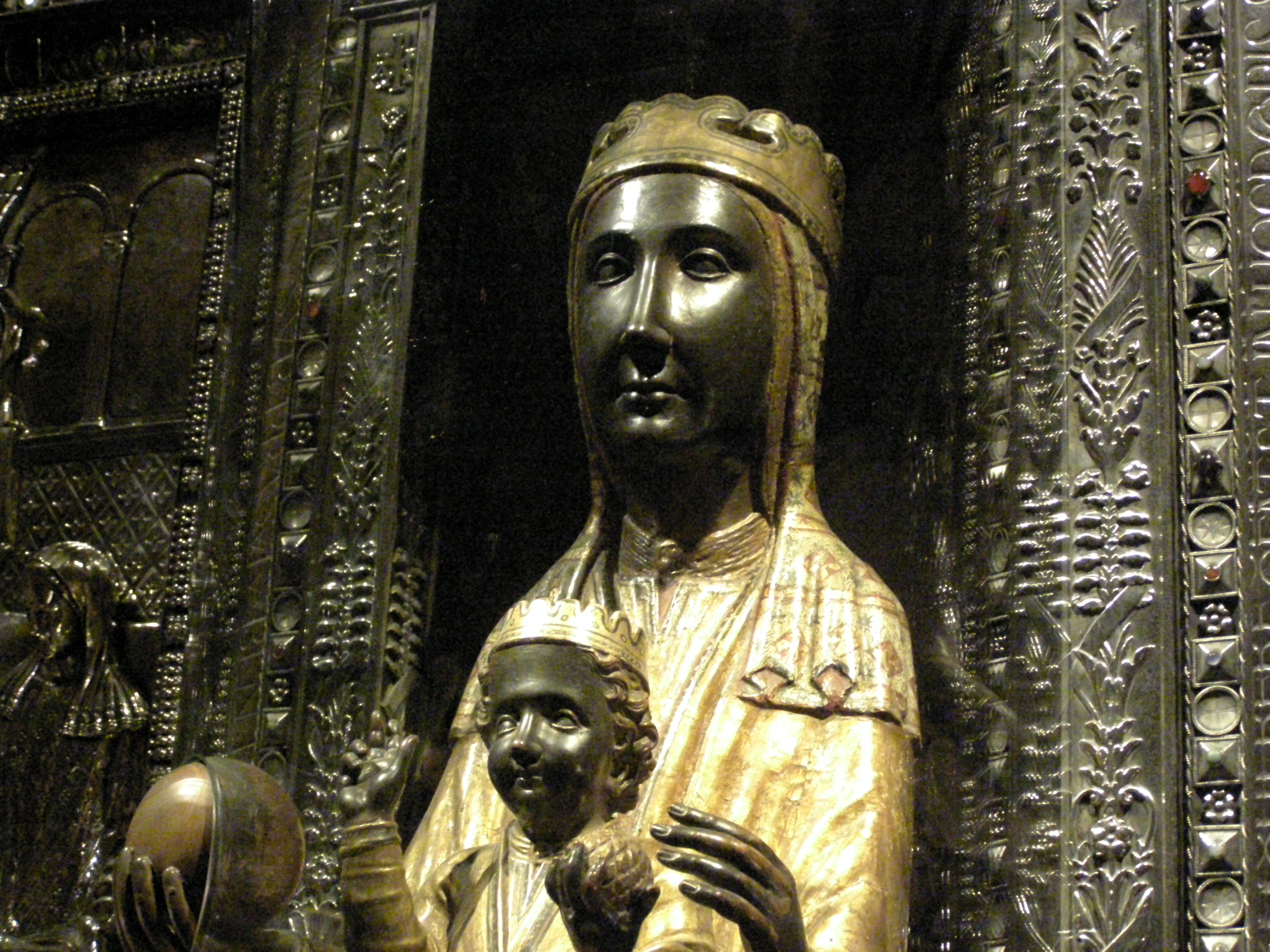
More Info
“Know that the land of Egypt, when the Mussulmans entered it, was full of Christians, but divided among themselves into two sects, both as to race and to religion. The one part was made up of men about the court and public affairs, all Greek, from among the soldiers of Constantinople, the seat of the government of Rūm, their views, as well as their religion, were all of them, Melkite; and their number was above three hundred thousand, all Greeks.” (p 72)
This portion of the text confirms that Egypt was divided by race and religion in 640 AD, but we are often presented with the idea that race as we know it is more of a modern invention. However, according to the text, racial division goes back at least 1,400 years. Rūm refers to the Greco-Roman Empire.
“The other portion was the whole people of Egypt, who are called Qibt, and were of mixed descent; among whom one could not distinguish Copt from Abyssinian, Nubian or Israelite; and they were all Jacobites. Some of them were writers in government offices, others were merchants and tradesmen, others were bishops and presbyters and such like, others were tillers of the land in the country, while others were of the class of servants and domestics. But between these and the Melkites, the ruling population, marriages were not allowed, from mutual hatred of each other, often carried to murders on either side. The number of these people rose to very many twenties of thousands; for they were, in fact, the people of the land of Egypt, Upper and Lower.”
This portion of the text give us crystal clear insight as to what Israelites, Nubians, Ethiopians, and Egyptians looked like. They were not part of the white Greek Melkite group and looked identical to each other. Both the Israelites and Egyptians were identical to Nubians and Cushites, which are known to be black.
Credits
Featured Image: University of Chicago. Egyptians See Nubians As Subjects. https://isac.uchicago.edu/museum-exhibits/nubia/egyptians-see-nubians-subjects



